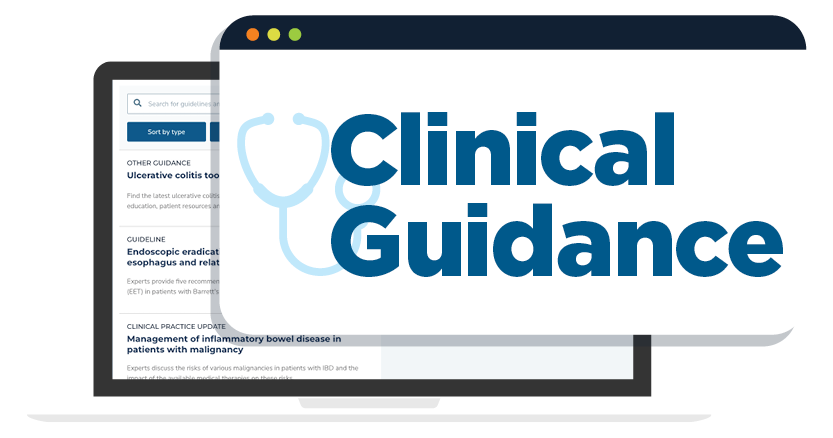Colorectal cancer (CRC) is the second most common cause of cancer deaths worldwide. Screening colonoscopy reduces the risk of CRC through the removal of precancerous polyps. Polyp detection is operator-dependent, with adenoma detection rates (ADRs) ranging widely from 7% to 53% among colonoscopists. Failure to detect and remove neoplastic polyps is associated with the development of post-colonoscopy interval CRC, which accounts for nearly 8% of all diagnosed CRC. Conversely, a 1% increase in a colonoscopist’s ADR has been associated with a 3% decrease in future CRC risk. However, the majority of polyps detected during colonoscopy are diminutive and non-neoplastic. Unnecessary resection and pathologic evaluation of these non-neoplastic lesions can be associated with increased costs and risk for adverse events.
These critical issues around colon polyp detection and diagnosis have been a central focus for a range of artificial intelligence (AI) tools that have recently been introduced to the field of gastrointestinal endoscopy. As with any emerging technology, there are important questions and challenges that need to be addressed to ensure that AI tools are introduced safely and effectively into clinical endoscopic practice. This commentary incorporates important and recently published studies in the field and elaborates on the future directions of AI in colonoscopy.












